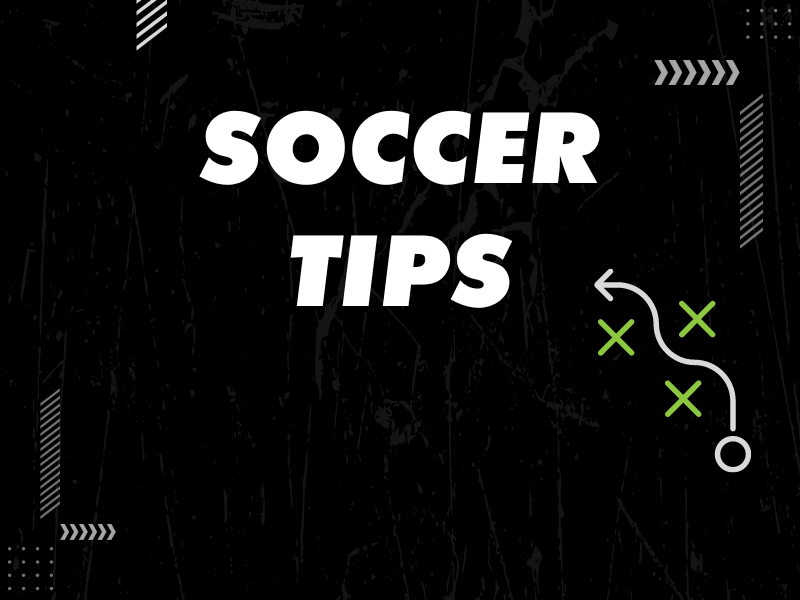By Greg Gatz
How to improve your agility as a soccer player: Along with accelerating, agility involves reaction time, balance, coordination, stopping, and starting. Agility drills can be either reactive or nonreactive. Nonreactive drills are those in which the athlete can anticipate what is going to happen, whereas reactive drills require the athlete to react to a stimulus and make a split-second decision. Both reactive and nonreactive drills will improve your agility, but as a soccer player you should focus on reactive drills. These are most likely to transfer to the game.
The following agility essentials form the framework for designing a training routine for increasing your quickness and ability to change direction.
For top level soccer players, agility is crucial, for getting away from pressure on the dribble and cutting and making runs. All the best players in the world are agile and quick with exceptional balance.
Coach Javi: Worked on some speed and agility and tried to incorporate some touches on the ball as well. Did a few Coerver Coaching exercises. More of an all around technical session and less position specific.
Reaction Time
Reaction time is the time it takes to recognize and react to a stimulus. The stimulus can be visual, auditory, or kinesthetic. All three are present in a soccer game. Seeing the ball in play serves as a visual cue to where the game is happening. How fast you can track the ball or locate an opponent will determine how well you make plays. As a defender, hearing your keeper from behind bark out instructions is critical for creating a solid defense.
Anticipating action and feeling or moving off an opponent’s pressure are qualities of players with good reaction time. You can decrease your reaction time by performing drills that use all types of stimulation and are specific to the game. Drills in which you must react to a partner or the ball will be most helpful for transferring your skills to the game.
Balance
Keeping your center of mass over your feet is important when transitioning from one movement to the next. Your center of mass is located typically just above the hips. Balance requires that you lower your body under control so you can sustain good posture for movement in any direction. Cutting drills demand more dynamic balance than basic footwork drills, but all good athletic movements require active balance throughout the body.
Coordination
Coordination involves producing several movements together in a seamless way. Soccer play is full of coordinated ball skills on the ground and in the air that when put together produce all-star-caliber play. To improve coordination, perform each agility drill at a slower rate to develop technical proficiency before introducing speed. Agility also requires coordination between the lower body and upper body when moving in space. The arms play a role in balancing the upper body while adjusting the center of gravity for the next move.
Stopping
Being able to stop quickly with control will enhance multidirectional speed changes during the game. This skill is strength dominated, and a deficiency in lower-body and core strength will affect your ability to regain your balance on the move. Stopping mechanics need to be rehearsed through all three planes of motion to mimic game-like situations.
Developing good stopping mechanics is especially crucial for women because they are more likely to experience ACL injury. Why women suffer more ACL injuries than men has been a topic of discussion for a while. Research has suggested various causes, such as weak hamstrings, hormone differences, hip width differences, and altered muscle firing patterns. Building total-body strength and practicing drills that teach stopping will help to minimize injury.
Starting
Acceleration work through starting drills can improve your ability to move in various directions while reacting to a partner or the ball. Incorporating explosive bursts of speed during the agility drills will eliminate any lag when changing directions. These starts should include moving forward, backward, and sideways; rotating; and moving at different angles.















